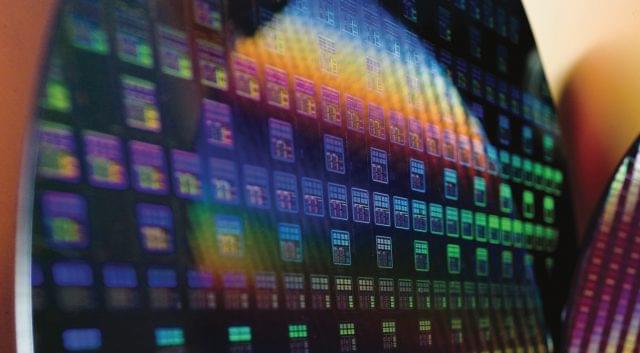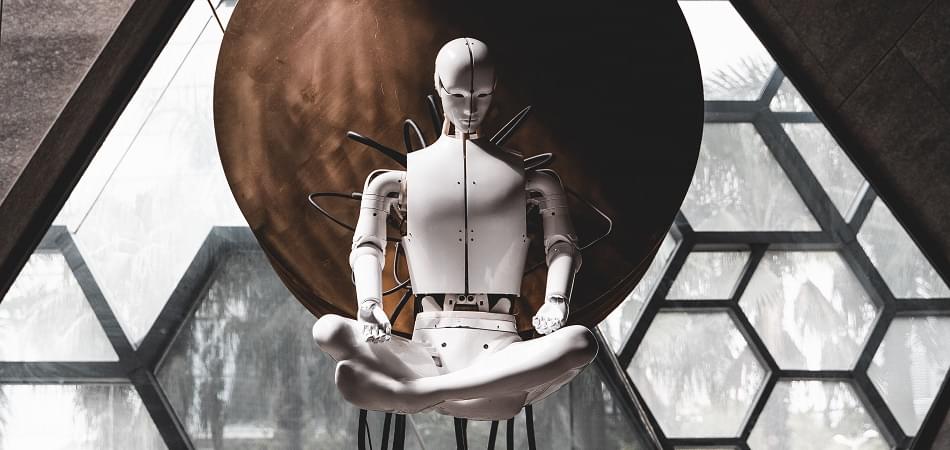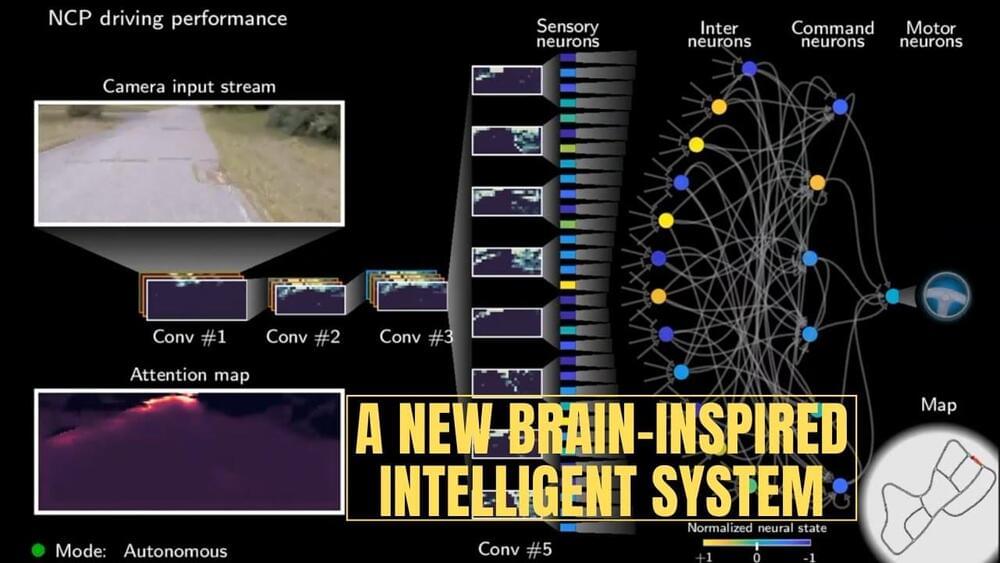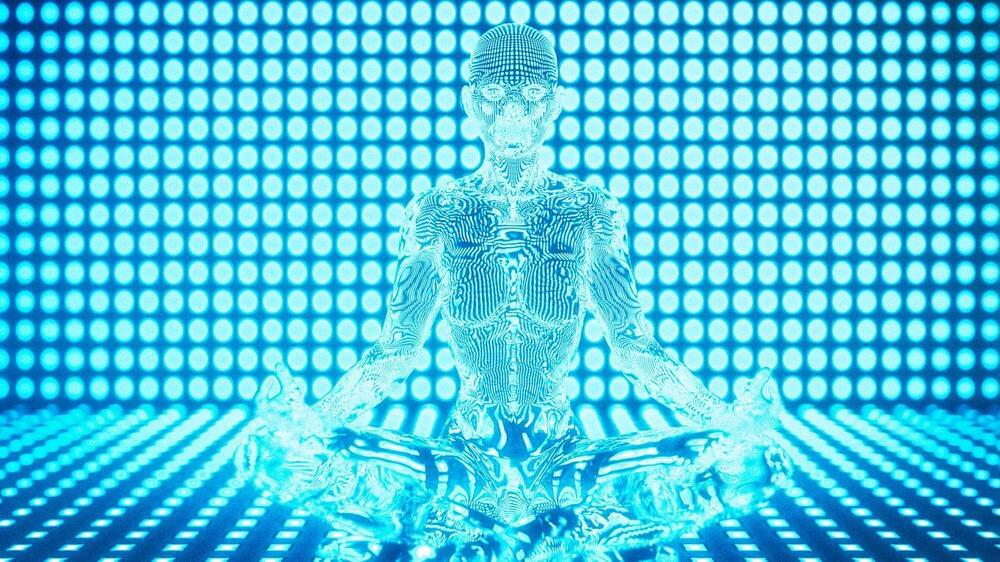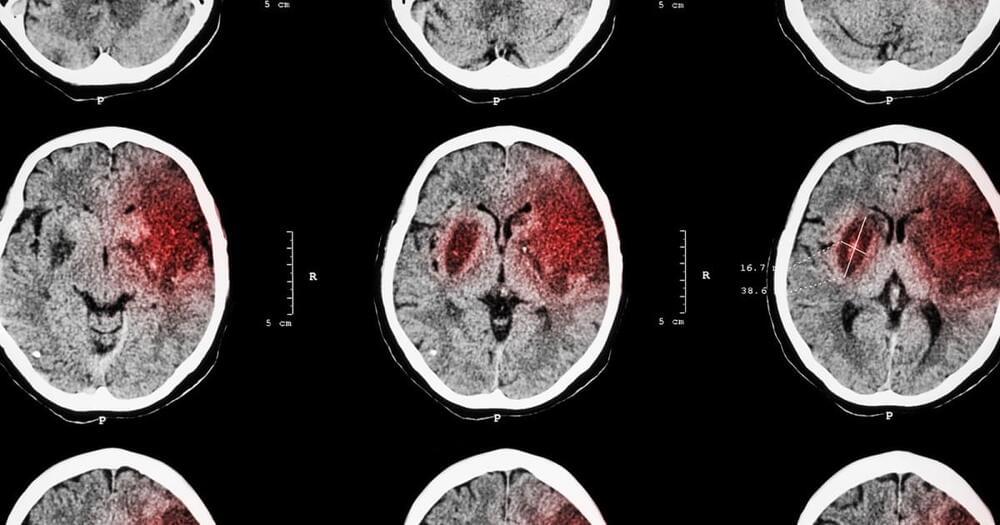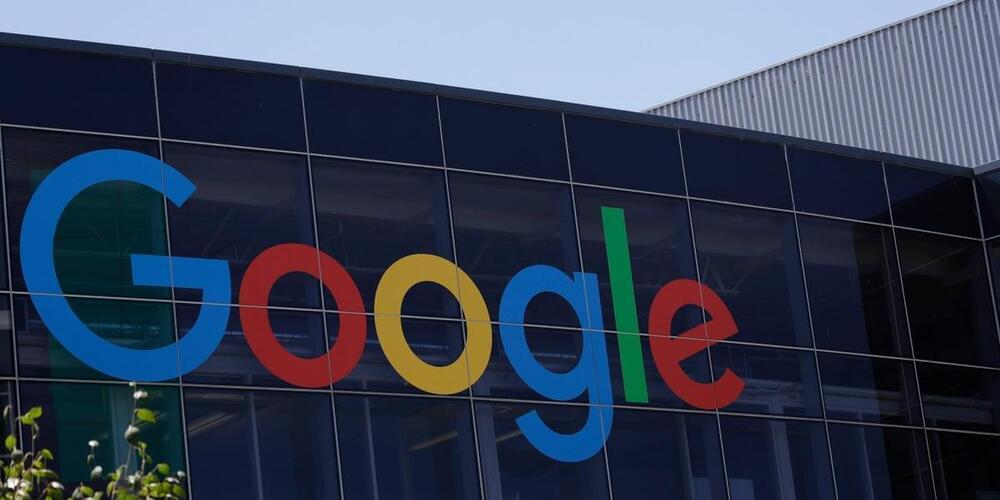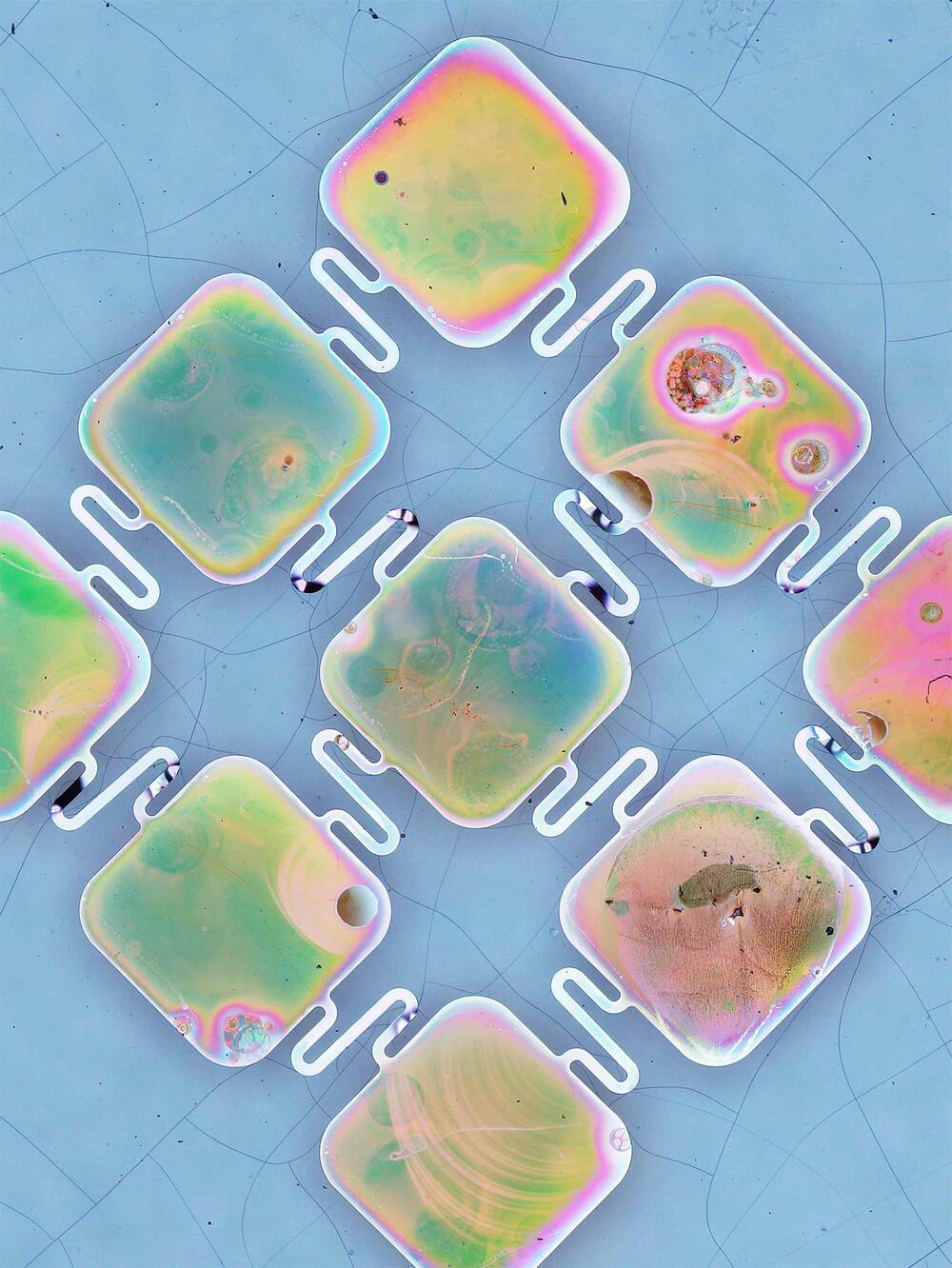AMD might have to wait in line behind Intel and Apple for 3nm allocation at TSMC. It’s not clear if the Taiwanese foundry can meet demand.
Machines becoming conscious, self-aware, and having feelings would be an extraordinary threshold. We would have created not just life, but conscious beings.
There has already been massive debate about whether that will ever happen. While the discussion is largely about supra-human intelligence, that is not the same thing as consciousness.
Now the massive leaps in quality of AI conversational bots is leading some to believe that we have passed that threshold and the AI we have created is already sentient.
Read the article:► https://medium.com/towards-artificial-intelligence/a-new-bra…d127107db9
Paper:► https://www.nature.com/articles/s42256-020-00237-3.epdf.
Watch MIT’s video:► https://www.youtube.com/watch?v=8KBOf7NJh4Y&feature=emb_titl…l=MITCSAIL
GitHub:► https://github.com/mlech26l/keras-ncp.
Colab tutorials:
The basics of Neural Circuit Policies:► https://colab.research.google.com/drive/1IvVXVSC7zZPo5w-PfL3…sp=sharing.
How to stack NCP with other types of layers:► https://colab.research.google.com/drive/1-mZunxqVkfZVBXNPG0k…sp=sharing.
Follow me for more AI content:
Instagram: https://www.instagram.com/whats_ai/
LinkedIn: https://www.linkedin.com/in/whats-ai/
Twitter: https://twitter.com/Whats_AI
Facebook: https://www.facebook.com/whats.artificial.intelligence/
Medium: https://medium.com/@whats_ai.
The best courses to start and progress in AI:
Blake Lemoine reached his conclusion after conversing since last fall with LaMDA, Google’s artificially intelligent chatbot generator, what he calls part of a “hive mind.” He was supposed to test if his conversation partner used discriminatory language or hate speech.
As he and LaMDA messaged each other recently about religion, the AI talked about “personhood” and “rights,” he told The Washington Post.
It was just one of the many startling “talks” Lemoine has had with LaMDA. He has linked on Twitter to one — a series of chat sessions with some editing (which is marked).
In a huge twist of irony, Norway is building the world’s largest wind farm — to power offshore oil and gas fields.
If you’re raising your eyebrows at this point, we are too.
The project called Hywind Tampen is set to be constructed and operated by Norwegian energy giant Equinor, who also happens to be drilling for oil and gas in the area.
APIs create ‘digital empathy’
Posted in computing, internet, neuroscience
APIs have catalyzed the evolution of the internet and could evolve into the brain-computer interface-driven metaverse reality on the horizon.
Gabapentin, which is currently used to control seizures and manage nerve pain, might help nerve cells regrow in the brain.
😳!
Blake Lemoine published conversations with the AI, which he called a “person,” but Google said the evidence doesn’t support his claim of sentience.
Holes help make sponges and English muffins useful (and, in the case of the latter, delicious). Without holes, they wouldn’t be flexible enough to bend into small crevices, or to sop up the perfect amount of jam and butter.
In a new study, University of Chicago scientists find that holes can also improve technology, including medical devices. Published in Nature Materials, the paper describes an entirely new way to make a solar cell: by etching holes in the top layer to make it porous. The innovation could form the basis for a less-invasive pacemaker, or similar medical devices. It could be paired with a small light source to reduce the size of the bulky batteries that are currently implanted along with today’s pacemakers.
“We hope this opens many possibilities for further improvements in this field,” said Aleksander Prominski, the first author on the paper.
